Are you a backyard chicken enthusiast or just starting your chicken-keeping journey? Feeding your chickens might seem straightforward, but there’s much more to it than meets the eye. In this blog post, we will explore the various factors that influence “how much feed per chicken” is needed, types of chicken feed, feeding methods, and tips on reducing feed costs, all while keeping your flock healthy and happy. Let’s dive in!

Short Summary
- Determining the right amount of feed for chickens requires considering the breed, age, activity level and season.
- Different types of feed are available to provide different stages of life with a balanced diet. Treats can be offered in moderation.
- Monitor health and appetite regularly. Reduce costs by fermenting grains or growing chicken-friendly plants.
Determining the Right Amount of Feed
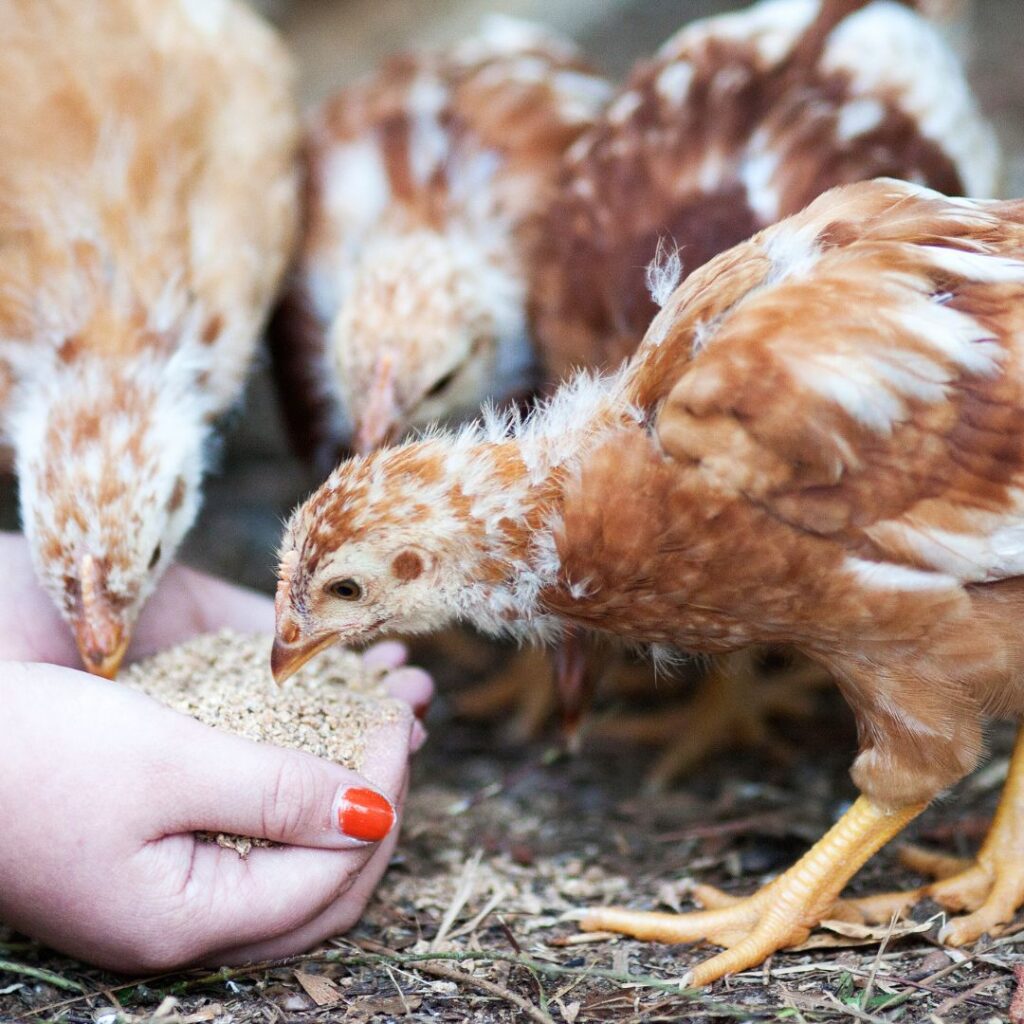
One of the most important aspects of keeping chickens is providing them with the right amount of feed. The average chicken consumes 4-6 ounces of feed daily, but this is just a starting point. Factors such as breed, age, activity level, and even the season can play a role in how much feed your chickens require. By observing your chickens’ feed intake and adjusting accordingly, you can strike the perfect balance between keeping them well-fed and avoiding waste or overfeeding. Not providing enough feed or giving too many treats can lead to stunted growth, reduced egg production, and poor health, while overfeeding can result in obesity.
Understanding your chickens’ unique feed requirements is essential for their overall health and productivity. Let’s go a bit deeper into how breed differences, age and development, and activity level affect how much food your chickens need.
Breed Differences
Different breeds of chickens have varying feed requirements. For instance, larger breeds like Jersey Giants and Orpingtons, often considered meat birds, need more food to build muscle mass, while egg-laying breeds like Rhode Island Reds have smaller appetites and forage less.
Baby chicks require regular feeding during the early stages of development, and it’s important to know what baby chicks eat. During the first eight weeks, they typically consume 1-2 ounces of daily feed. As a chicken owner, it’s vital to know these breed differences and adjust the feed accordingly to ensure optimal health and growth.
Age and Development
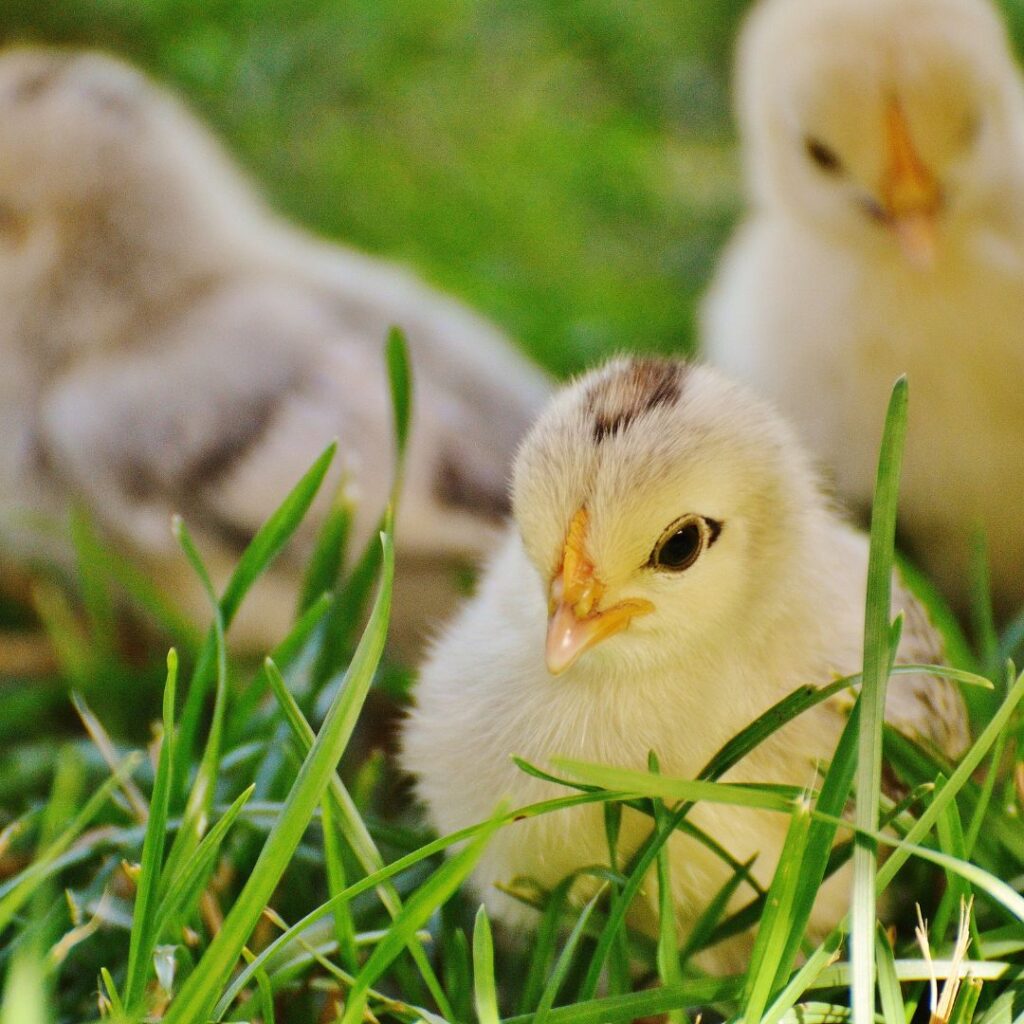
As chickens grow and develop, their feed requirements change. Adult chickens generally eat around 4-6 ounces of feed daily, while chicks consume 1-2 ounces daily for the first 8 weeks.
It’s essential to provide age-appropriate feed to meet the nutritional demands of your chickens at each stage of their lives. This will ensure they maintain proper growth, development, and overall health.
Activity Level and Foraging
Chickens tend to eat more food during fall and winter, as they need extra energy to stay warm and active. Consider increasing their feed intake in colder seasons to help them cope with the temperature changes.
On the other hand, during hot weather, chickens’ feed intake may decrease slightly. Keep an eye on your flock’s feeding habits throughout the year and adjust their portions as needed to maintain their health and well-being.
Types of Chicken Feed
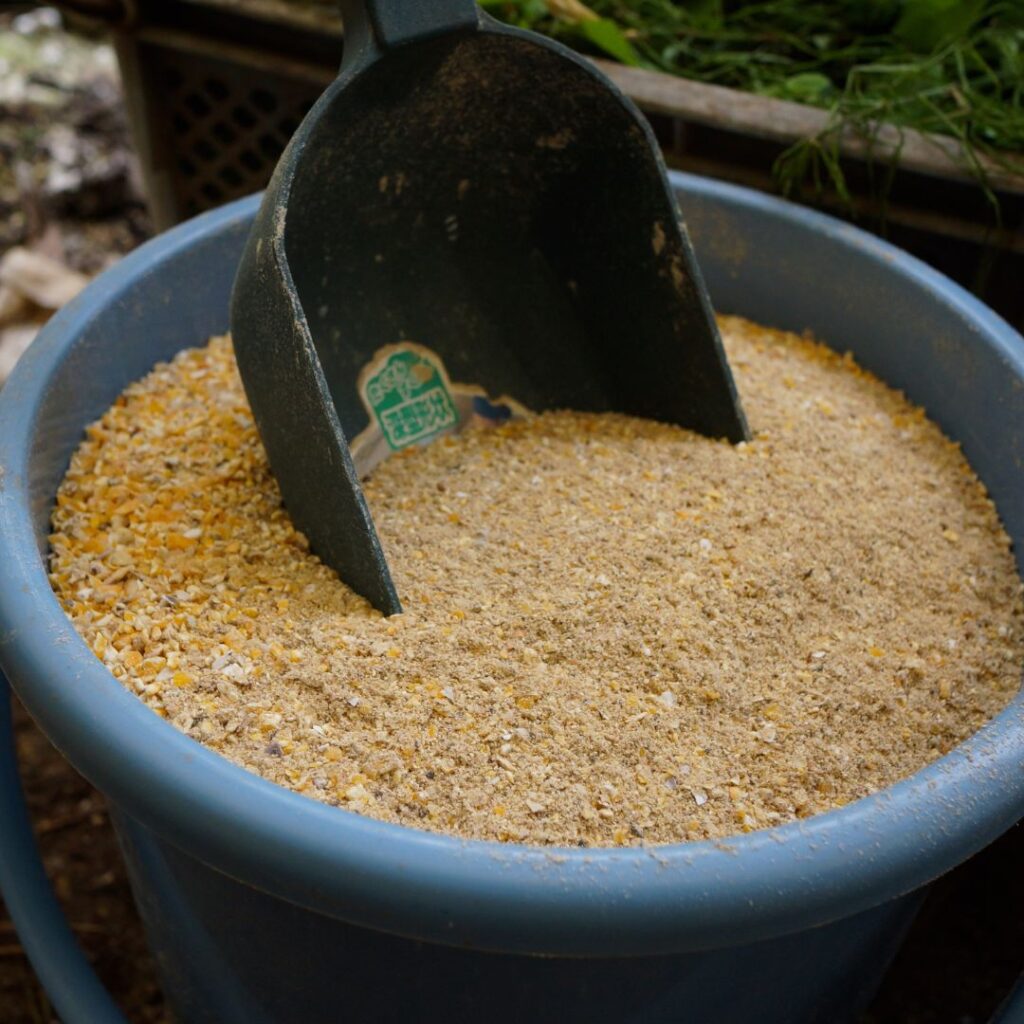
Now that we’ve discussed the factors that influence how much feed your chickens need let’s explore the different types of chicken feed available. Chicken feed typically comes in three main types:
- starter
- grower
- layer
Each type is formulated to provide the right balance of nutrients for chickens at different stages of their lives. In addition to these commercial feeds, fermented or sprouted grains mixed with corn can also benefit your chickens. Providing diverse and nutritious feed options will keep your chickens healthy and ensure optimal egg production.
When selecting a chicken feed, it’s crucial to consider the protein content of each type. For example, chick crumbs contain around 19% protein, while grower pellets and layer pellets contain 15-16% and 15-17% protein, respectively.
By offering your chickens the appropriate type of feed with the right protein content, you can support their growth, development, and egg-laying abilities.
Starter Feed
Starter feed is specifically formulated for baby chicks and contains high protein levels and other essential nutrients for their growth and development. Baby chicks should be fed this type of feed during the first 12-15 weeks of their lives, as it provides the foundation for a healthy and productive adult chicken.
Offering your chicks the right feed from the start will set them up for success later in life.
Grower Feed
Grower feed is designed for chickens aged between 6-8 weeks until they reach approximately 16-18 weeks when they are almost ready to lay eggs. This feed contains less protein than starter feed and a lower calcium concentration than typical layer feed varieties.
Providing your growing chickens with grower feed ensures they receive the right balance of nutrients at this stage of their lives.
Layer Feed
Layer feed is specifically formulated for laying hens, containing around 16% protein and additional calcium to support the production of eggs with strong shells. This type of feed should be introduced at about 20 weeks of age or when the first egg is laid, whichever occurs first.
Providing your egg-laying hens with the appropriate layer feed will ensure they maintain their health while laying eggs consistently.
Feeding Frequency and Methods

Feeding your chickens consistently is crucial for their health and happiness. It is recommended to feed chickens twice daily to avoid waste and deter pests. This practice provides your chickens with the nutrients they require and establishes a routine for them.
Alternatively, you can use chicken feeders to save time and money while ensuring a constant feed supply for your backyard chickens. Chicken feeders come in various designs and sizes, making it easy to find one that suits your flock’s needs. When choosing a feeder, consider factors such as the number of chickens you have, their age, and the type of feed you’re providing.
Using a chicken feeder not only keeps the feed clean and fresh but also helps in monitoring your chickens’ feed intake to ensure they’re receiving the right amount of food.
Scheduled Feeding Times
Adhering to a set feeding schedule has advantages, such as preventing overconsumption and wastage of feed and establishing a routine for your chickens. Chickens are most active during the morning and evening, making these the best times to provide them with feed.
Maintaining a consistent feeding schedule can keep your chickens healthy and monitor their appetite more effectively.
Free-Feeding
Free-feeding, or free-choice feeding, allows chickens to eat as much feed as they want and can encourage their natural feeding behaviors. This method can be beneficial, as it decreases feed costs and supplements their diet with insects, seeds, and grains they find while free-ranging.
However, providing additional feed is essential to guarantee adequate nutrition and vital vitamins for a robust flock. Monitoring your chickens’ health and appetite is crucial when free-feeding to ensure they receive the appropriate amount of feed.
Treats and Snacks
Providing healthy chickens with treats and snacks can be a fun way to supplement their diet and offer additional nutrients and variety. Some examples of healthy treats for chickens include fruits, vegetables, grains, and legumes.
However, it’s important to remember that treats and snacks should not make up more than 5% of your chickens’ diet to prevent health issues related to obesity. Always monitor your chickens’ health and appetite when providing treats, ensuring they continue to receive a balanced diet.
Read the complete A – Z list of what chickens can eat here.
Supplementing Chicken Diets
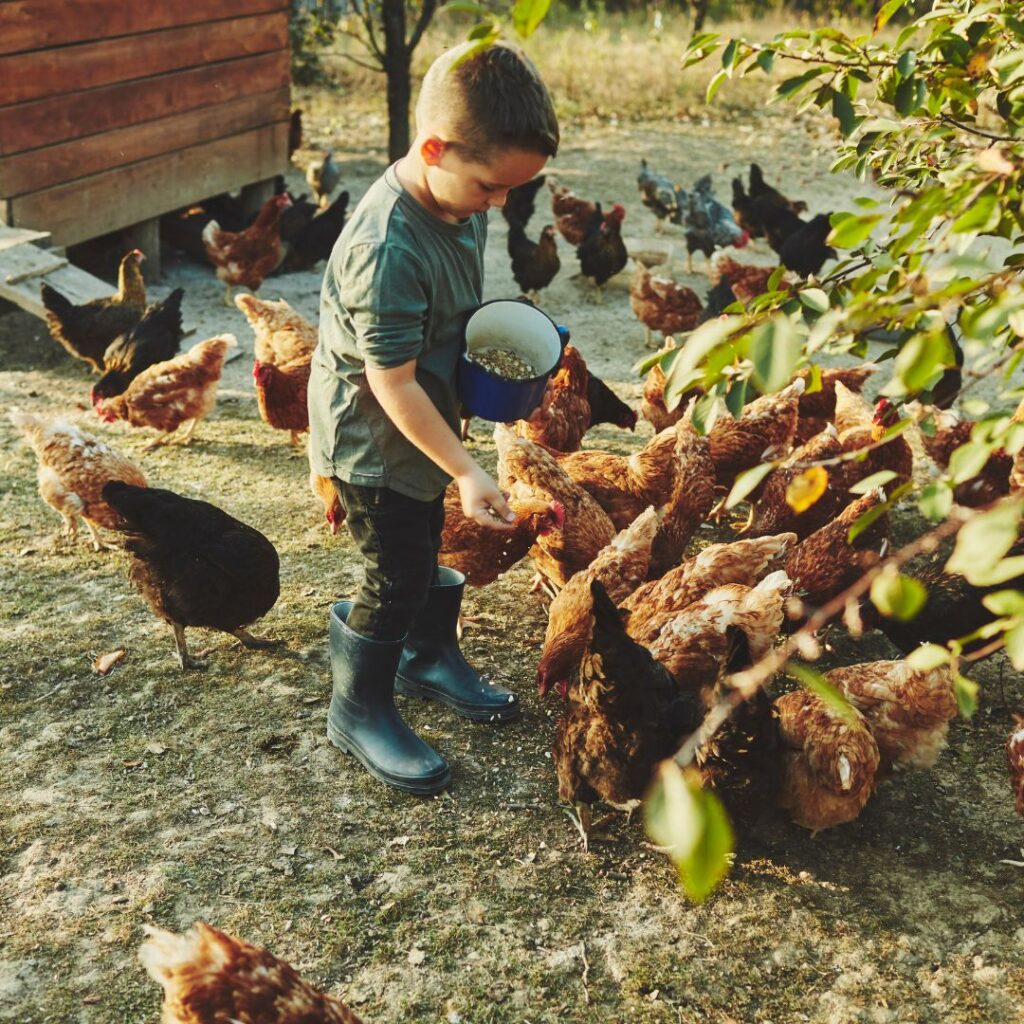
In addition to providing your chickens with a balanced diet through commercial feeds, it’s essential to supplement their diets with additional sources of nutrients, such as free-range foraging, safe table scraps, and calcium sources. These additions to your chickens’ diet can improve their overall health, growth, and productivity.
Let’s take a closer look at how these supplemental sources can benefit your flock.
Free Range Foraging
Free-range foraging offers numerous benefits for your chickens, such as access to various foods and nutrients, natural behaviors like scratching and pecking, and providing exercise. Chickens can forage for insects, worms, seeds, and plants, supplementing their diet and contributing to their overall health.
However, it’s important to be aware of the potential risks of free-range foraging, such as exposure to predators, parasites, and diseases. Keep an eye on your chickens when they are foraging to ensure their safety.
Safe Table Scraps
Providing your chickens with safe table scraps can add extra nutrients and variety to their diet while reducing food waste and cutting down on feed costs. Examples of safe table scraps include cooked vegetables, fruits, grains, and legumes.
However, it’s crucial to ensure that table scraps do not make up the majority of your chickens’ diet, as they may not provide all the essential nutrients and vitamins your chickens require for optimal health.
Calcium Sources
Calcium is an essential nutrient for chickens, especially for laying hens, as it helps produce eggs with strong shells. Providing your chickens with calcium sources such as crushed oyster shells, crushed eggshells, and leafy greens like kale and spinach can ensure they receive the required amount of calcium in their diet.
Monitoring your chickens’ health and appetite is important when providing calcium sources to guarantee they receive the appropriate amount.
Monitoring Your Backyard Chickens’ Health and Appetite
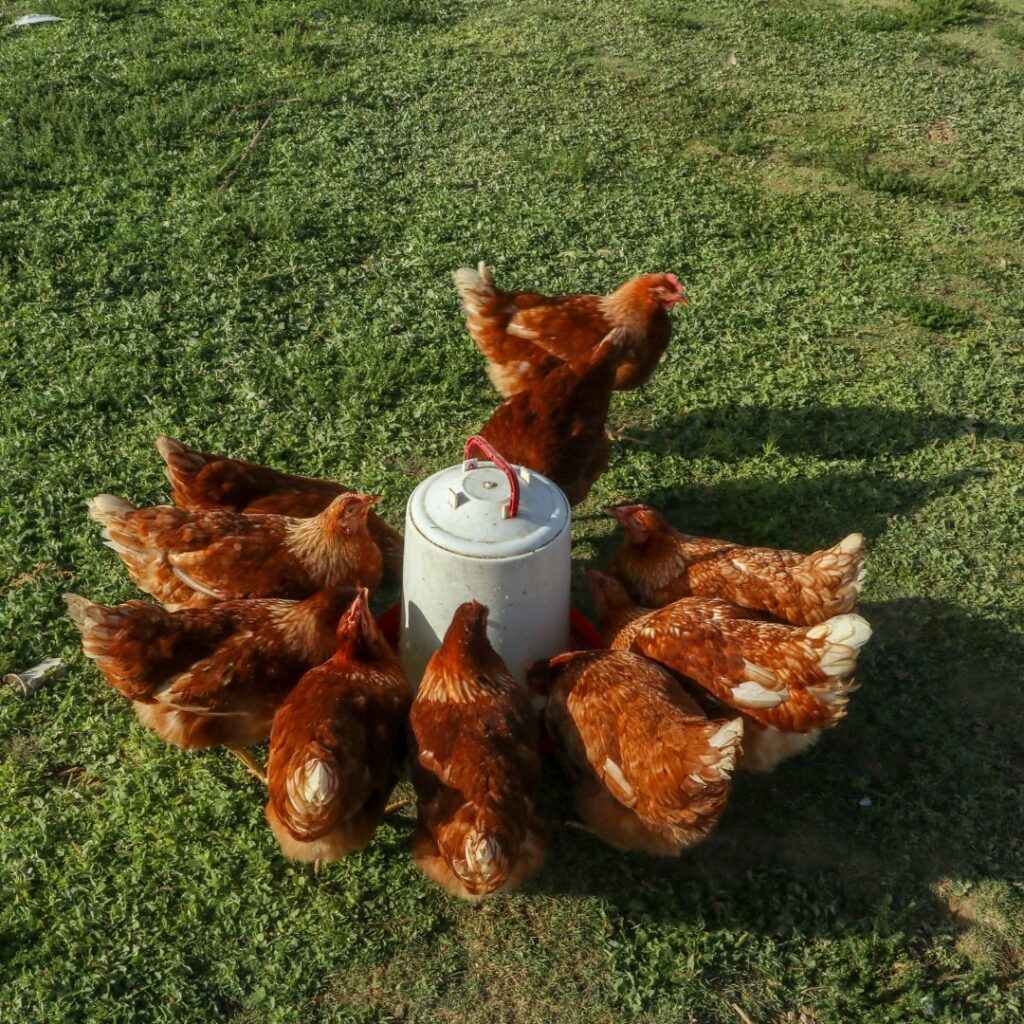
Keeping a close eye on your chickens’ health and appetite is essential to ensure they receive the right amount of feed and nutrients. Observe their behavior, check their weight, and monitor their feed consumption to guarantee they are healthy.
By paying attention to any signs of overfeeding or underfeeding, you can adjust their diet and feeding schedule to improve their overall health and well-being.
Signs of Overfeeding
Overfeeding your chickens can lead to obesity, impaired mobility, decreased egg production, and other health issues. Signs of overfeeding in chickens may include an increase in weight, lethargy, a reduction in egg production, and a decrease in activity.
To prevent overfeeding, ensure you provide your chickens with the appropriate amount of feed based on their breed, age, and activity level, and adhere to a regular feeding schedule.
Signs of Underfeeding
Underfeeding your chickens can result in malnutrition, decreased weight gain, aberrant behavior, decreased egg production, diminutive egg size, diminished shell quality, and reduced growth. To avoid underfeeding, providing your chickens with a balanced diet and monitoring their feed intake is essential. Adjust their portions as needed to ensure they receive the right nutrients for optimal health and growth.
Reducing Feed Costs
Feeding your chickens doesn’t have to break the bank. You can employ several strategies to reduce the cost of feeding your flock, such as investing in high-quality feed, fermenting grains, and growing chicken-friendly plants. By implementing these cost-saving measures, you can ensure your chickens receive the nutrients they need while saving money on feed expenses.
Fermenting Grains
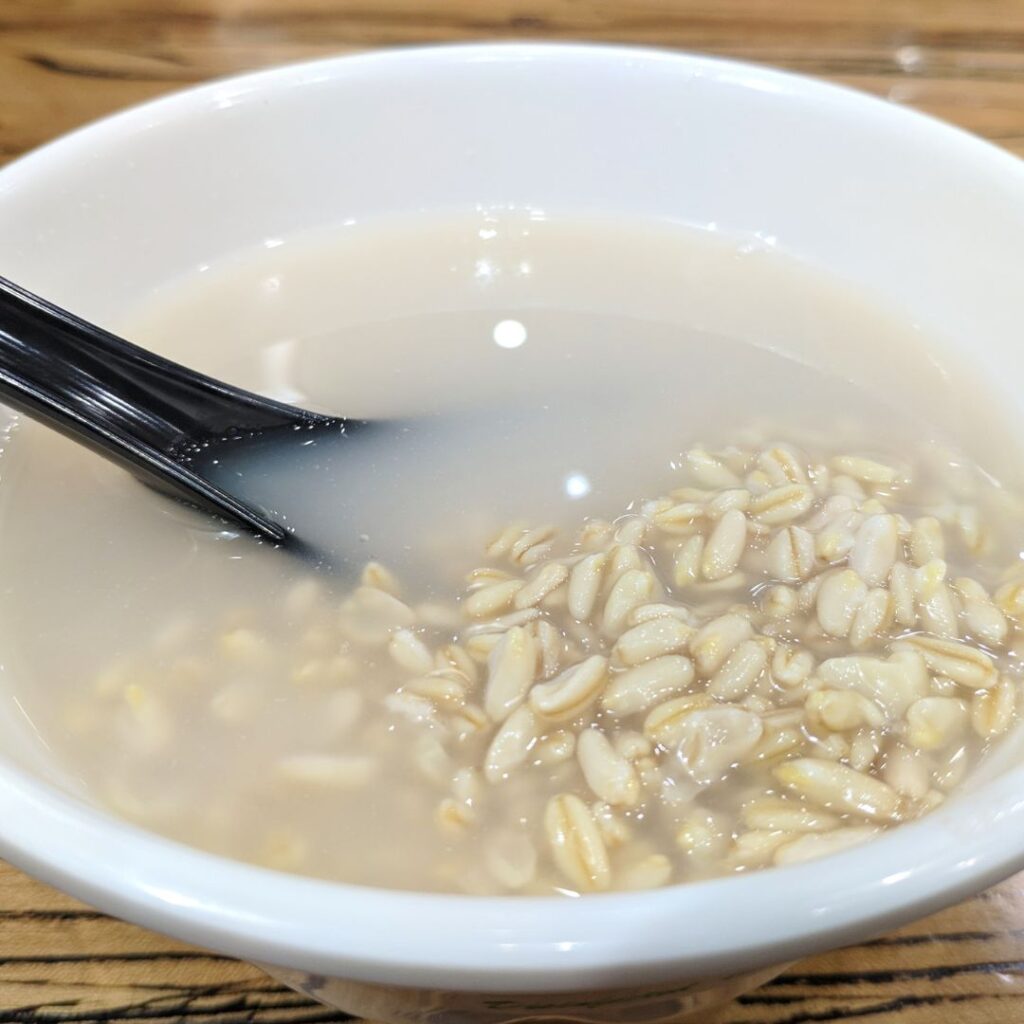
Fermenting grains is an excellent way to reduce feed costs and provide your chickens with a nutritious and easily digestible food source. Fermenting grains involves soaking them in water for 12-24 hours, then draining and letting them sit for an additional 12-24 hours.
Fermented grains offer numerous benefits for your chickens, such as improved digestion, enhanced nutrient absorption, and reduced feed consumption. By incorporating fermented grains into your chickens’ diet, you can save money on feed costs and support their overall health.
Growing Chicken-Friendly Plants
Cultivating plants suitable for chickens can provide a natural source of nourishment and offer numerous benefits, such as enhancing their overall health and well-being and assisting in controlling weeds.
Some examples of chicken-friendly plants include leafy greens, herbs, and vegetables, and even many common weeds. By growing various plants for your chickens, you can supplement their diet and reduce your reliance on commercial feed, ultimately saving money on feed expenses. Read the complete A-Z list of what chickens can eat.
Summary
Feeding your chickens is an important aspect of chicken keeping, and finding the right balance in feed amount and type is crucial for their health and productivity. By considering factors such as breed, age, activity level, and season and providing a variety of feed types, you can ensure your chickens receive the nutrients they need. Supplementing their diet with free-range foraging, safe table scraps, and calcium sources, and employing strategies to reduce feed costs, will keep your flock healthy, happy, and laying eggs for years to come. Find out all the tips you need if you are new to raising chickens.
Frequently Asked Questions
How many cups of chicken feed per chicken?
Based on the recommended feed intake for an adult, laying chicken, it is estimated that they will need around 1/2 cup of feed per day.
This should be supplemented with occasional treats such as fresh fruits and vegetables or poultry scratch grains, but this should not exceed 10% of their daily feed intake.
How much feed do I need for six chickens?
With a flock of six chickens, you would need to provide approximately 6 x 0.5 cups of feed, or 3 cups of feed, each day to feed them adequately.
That means you should purchase around 18 pounds of feed for a week’s worth of sustenance.
How much pellets to feed chickens?
Giving each chicken approximately 120g of pellets per day is recommended to ensure they get the nutrients they need for optimal health.
It is best to provide them free access to these pellets to eat as much as they need.
How much food should a chicken eat per day?
A chicken should eat approximately 1/4 pound (120 grams) of daily feed. If the feed is less nutritious, such as a grain mix or table scraps, they will often eat more to make up for essential nutrients that are lacking in their diet.
How much feed should I give my chickens per day?
It is recommended to provide your chickens with 4-6 ounces of feed per day, adjusted as necessary depending on factors such as breed, age, activity level, and season. Regular monitoring will help ensure your chickens remain healthy and strong.

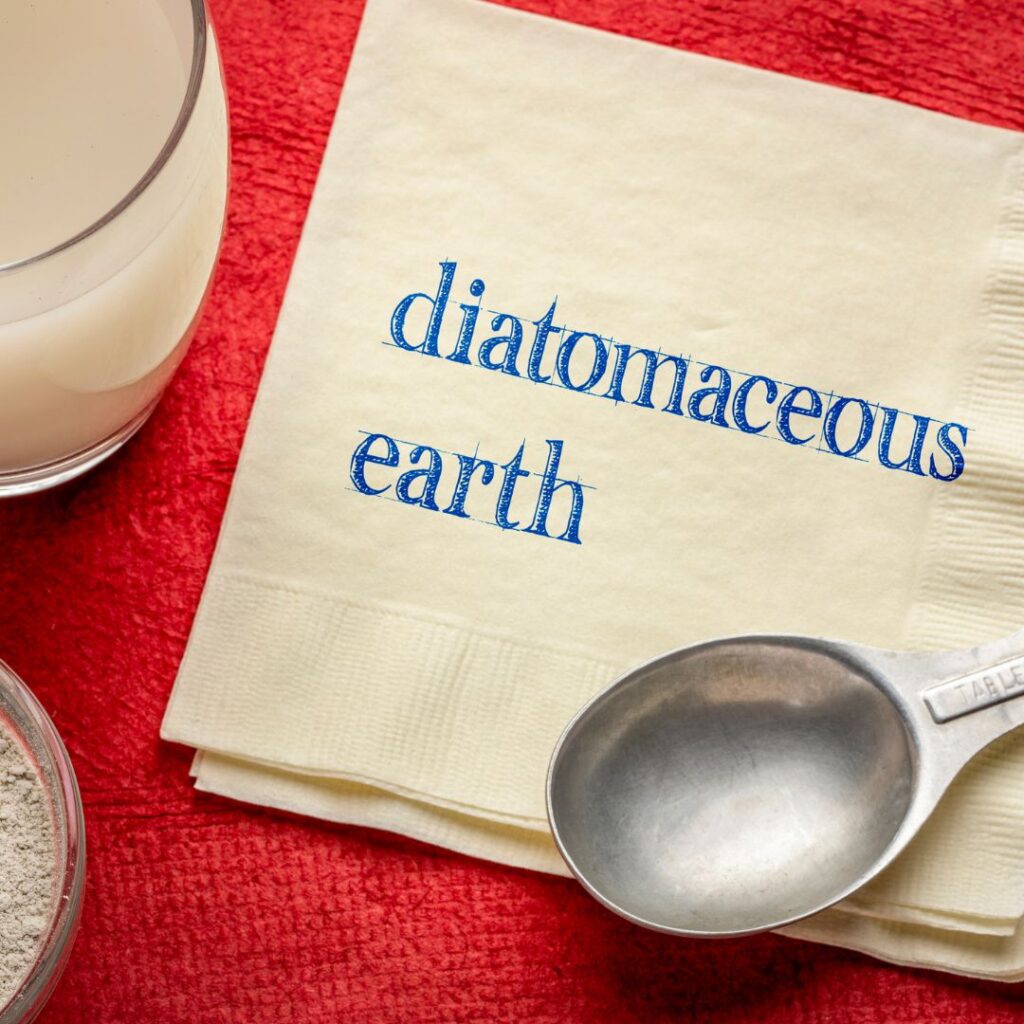

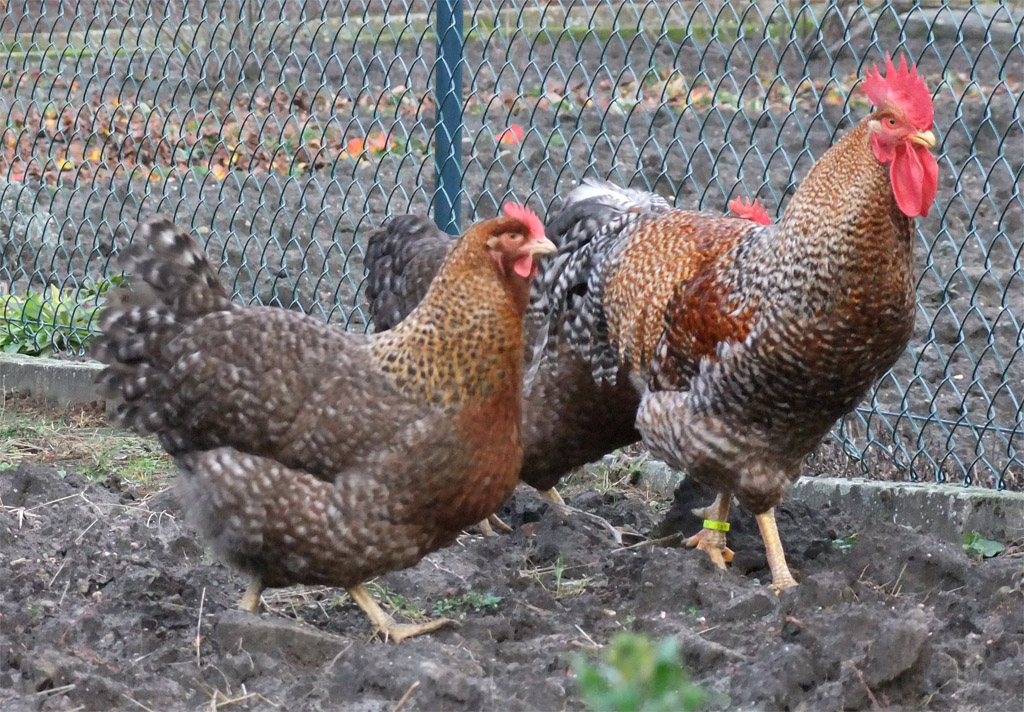
Pingback: The Top 5+ Best Chickens for Meat in [2023]